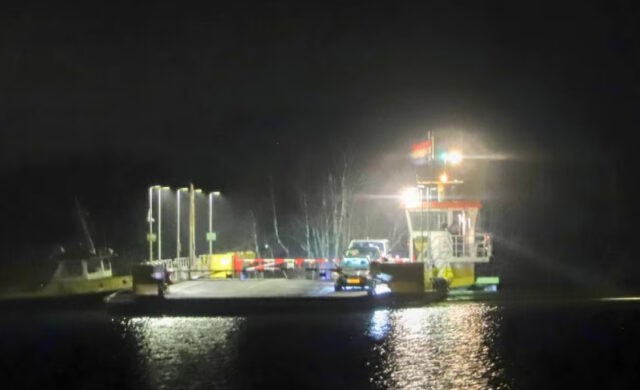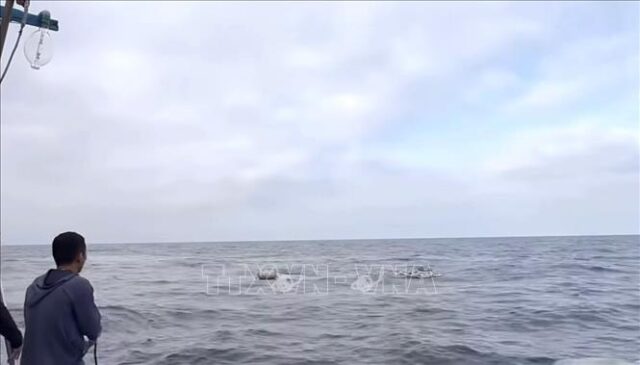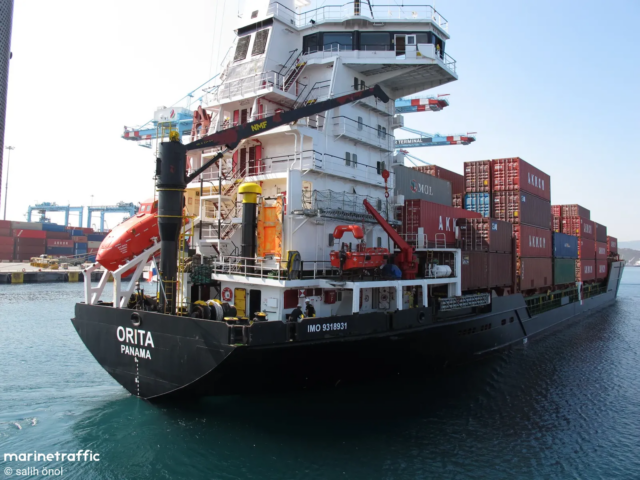Regina Fluminium 2

On the evening of December 7, the 44 meter long ro-ro passenger cable ferry Regina Fluminium 2 (MMSI: 244830776) became disabled on the Nederrijn River near Eck en Wiel, Netherlands. The Regina Fluminium 2 had been dislodged when an inland vessel allided with the ferry’s cables. Damage to the cables caused the ferry to be rudderless. Authorities were alerted and assisted getting the ferry moored to the Amerongen side of the river. There the few vehicles and passengers were disembarked. No reports of injuries.
Reports state the ferry was taken out of service while the cables could be repaired. There was no damage to the ferry and no pollution was released. The name of the inland vessel which struck the cables was not disclosed.

